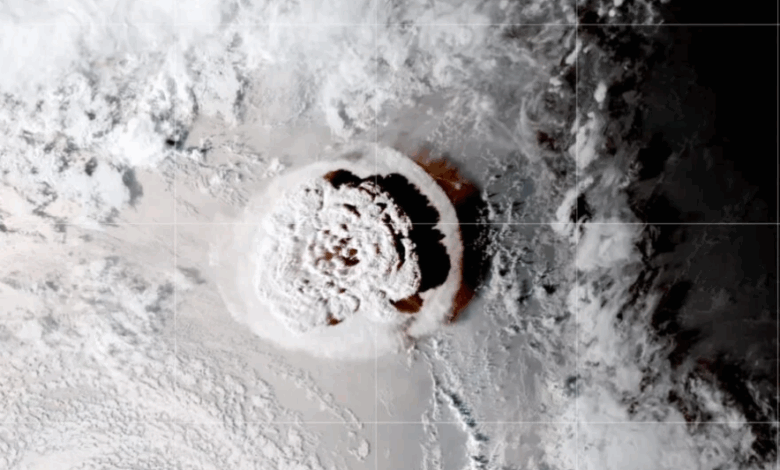Underwater Volcano Eruption Reached Edge of Space, Study Reveals

The 2022 eruption of the Hunga Tonga-Hunga Ha‘apai volcano not only became one of the most powerful in modern history but also sent shockwaves to the edge of space, Gizmodo reported citing a new study in AGU Advances.
The blast propelled ash and gas over 50 km high, surpassing the altitude of commercial flights. Researchers discovered that secondary gravity waves—generated when initial pressure waves broke apart in the upper atmosphere—reached satellite orbits, disrupting the ionosphere.
Using satellite data and simulations, scientists identified these fast-moving waves as the primary cause of atmospheric disturbances detected by satellites. The eruption also produced subtle seismic signals (Rayleigh waves) detectable over 644 km away before the explosion—a potential early warning sign for future catastrophic eruptions.
The findings highlight how extreme geological events can impact space-based infrastructure critical for communications, GPS, and climate monitoring. As volcanic activity leaves multiple atmospheric fingerprints, improved detection could help safeguard essential technologies.





